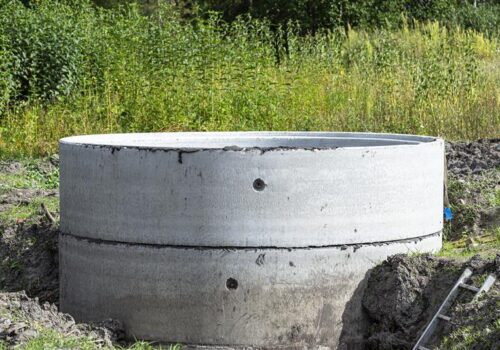From Bare Ground to Beautiful Greenery: 4 Steps to Establishing New Lawns
Transforming a barren patch of land into a lush, green lawn can seem like a daunting task. However, with the right approach and some patience, you can create a beautiful outdoor space that will be the envy of your neighbours. In this blog post, we’ll walk you through four steps for establishing new lawns from scratch.
-
Soil Preparation
The first step in establishing a thriving lawn is preparing the soil. Begin by removing any debris, such as rocks, branches, and weeds, from the area where you want to plant your new grass. Once the area is clear, use a rototiller to break up the soil to a depth of at least six inches. This will help to aerate the soil, allowing air, water, and nutrients to reach the roots of your new grass more effectively.
-
Choose the Right Grass Seed
When it comes to selecting the appropriate seed for your lawn, consider factors such as your region’s climate, the amount of sunlight your yard receives, and how much maintenance you’re willing to put into your lawn. Cool-season grasses, such as Kentucky bluegrass and fescue, are better suited for areas with cold winters and mild summers. Warm-season grasses, like Bermuda and Zoysia, thrive in regions with hot summers and mild winters.
-
Sow the Seeds
Once your soil is prepared and you’ve chosen the right grass seed for your region, it’s time to sow the seeds. Begin by using a broadcast spreader to evenly distribute the grass seed across the soil. Be sure to follow the recommended seeding rate listed on the seed packaging, as overcrowding can lead to weak and patchy growth.
-
Watering and Fertilizing
Proper watering is crucial for establishing new lawns. During the first few weeks after sowing the seeds, keep the soil consistently moist by watering lightly at least once or twice a day. As the grass starts to grow, you can gradually reduce the frequency of watering.
Fertilizing your lawn is also an important step in promoting healthy growth. Approximately four to six weeks after planting, apply a high-quality, slow-release fertilizer to provide your grass with the nutrients it needs to thrive. Be sure to follow the manufacturer’s instructions for application rates and timing.
Conclusion:
Establishing new lawns requires ongoing care and maintenance, including regular watering, and fertilization. With patience and dedication, your once-bare ground will be transformed into a beautiful, lush lawn that will enhance your home’s curb appeal and provide a welcoming outdoor space for years to come.






